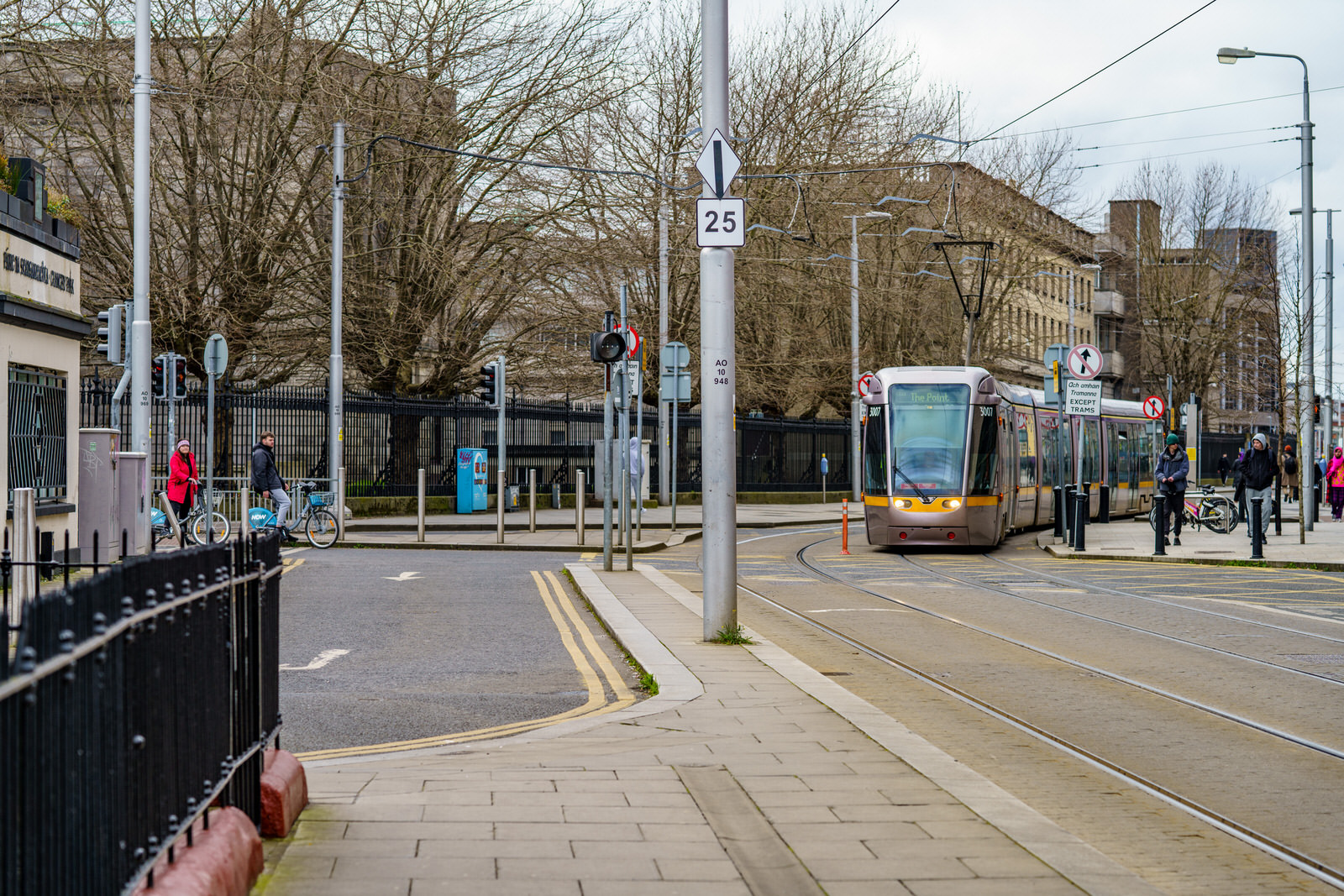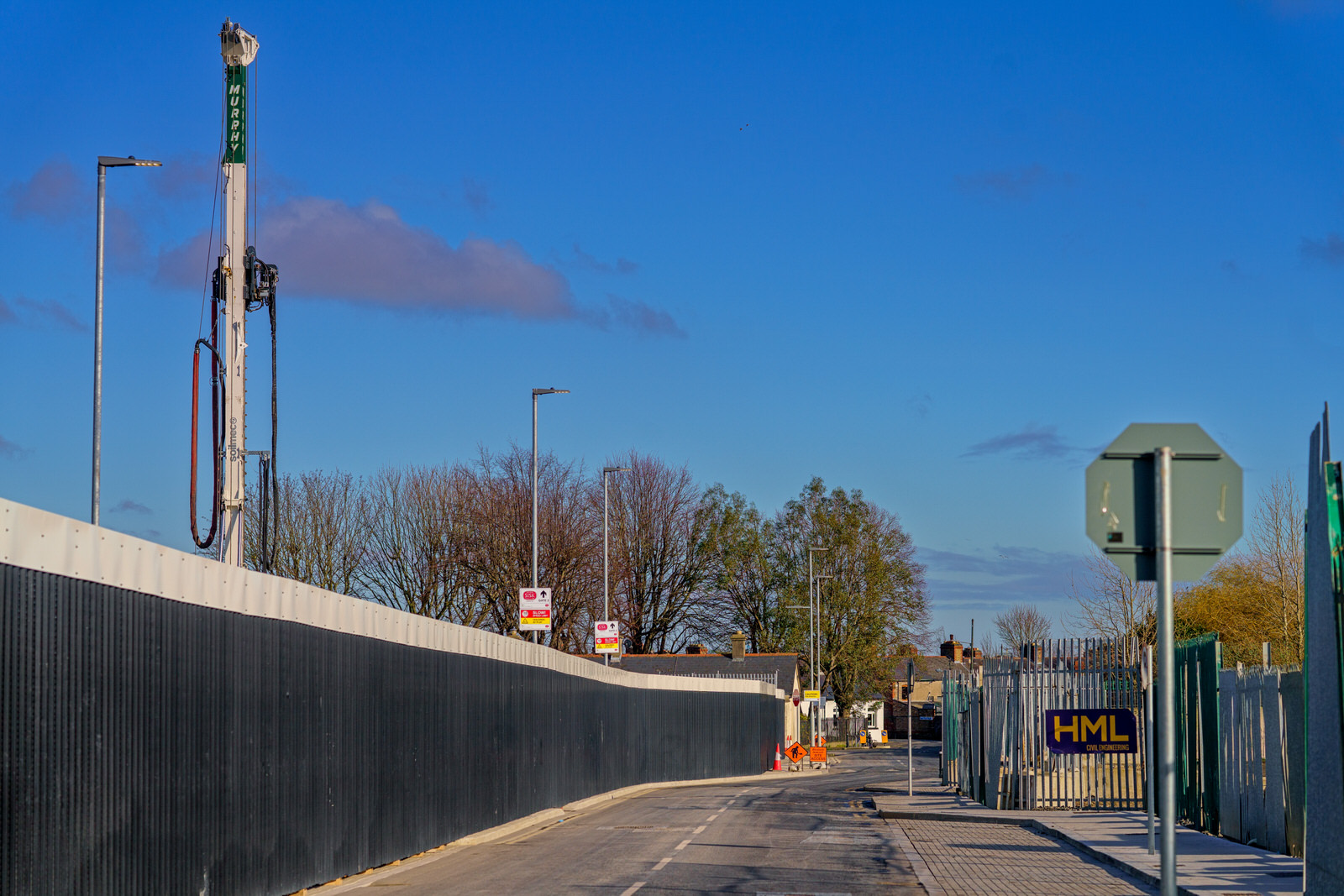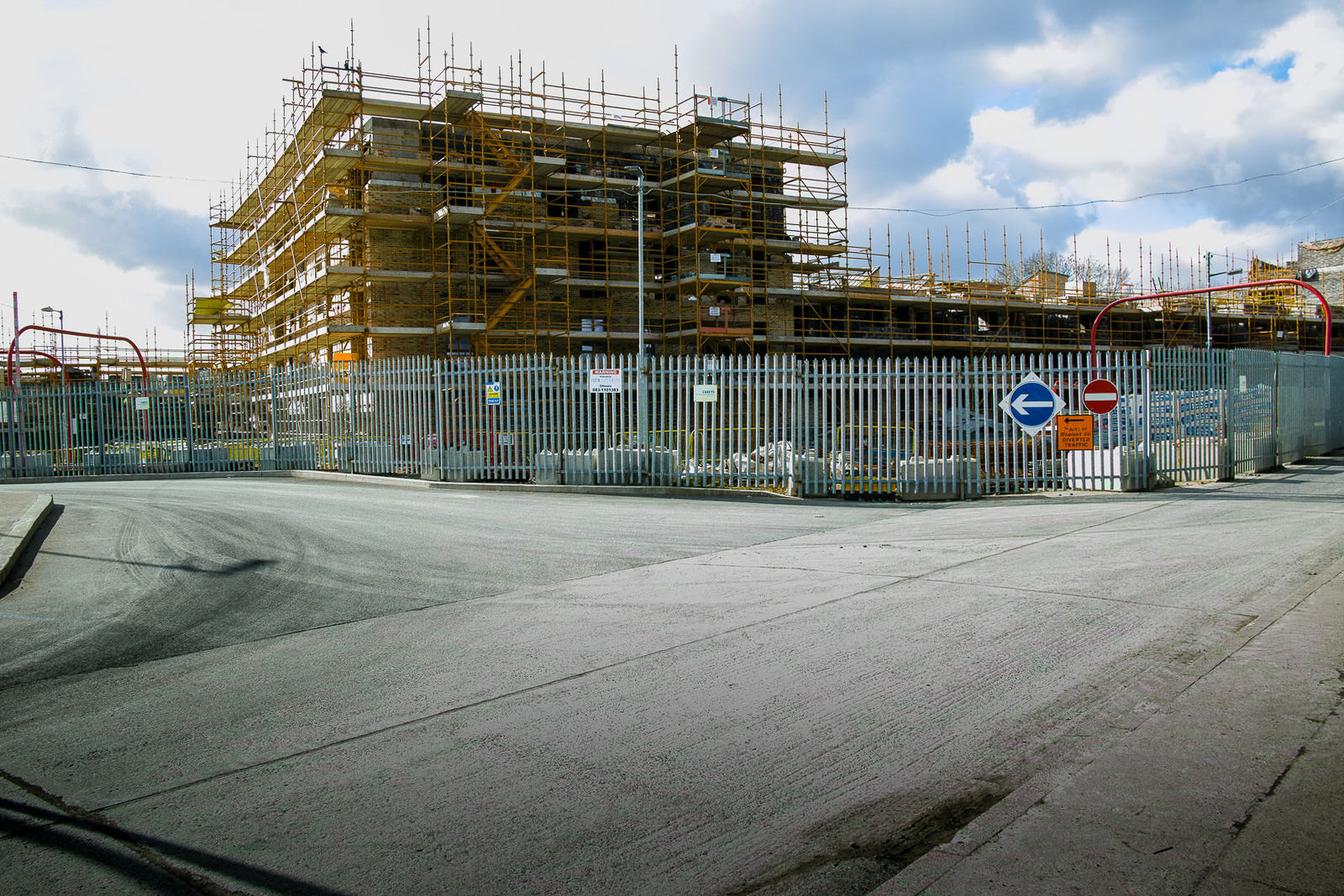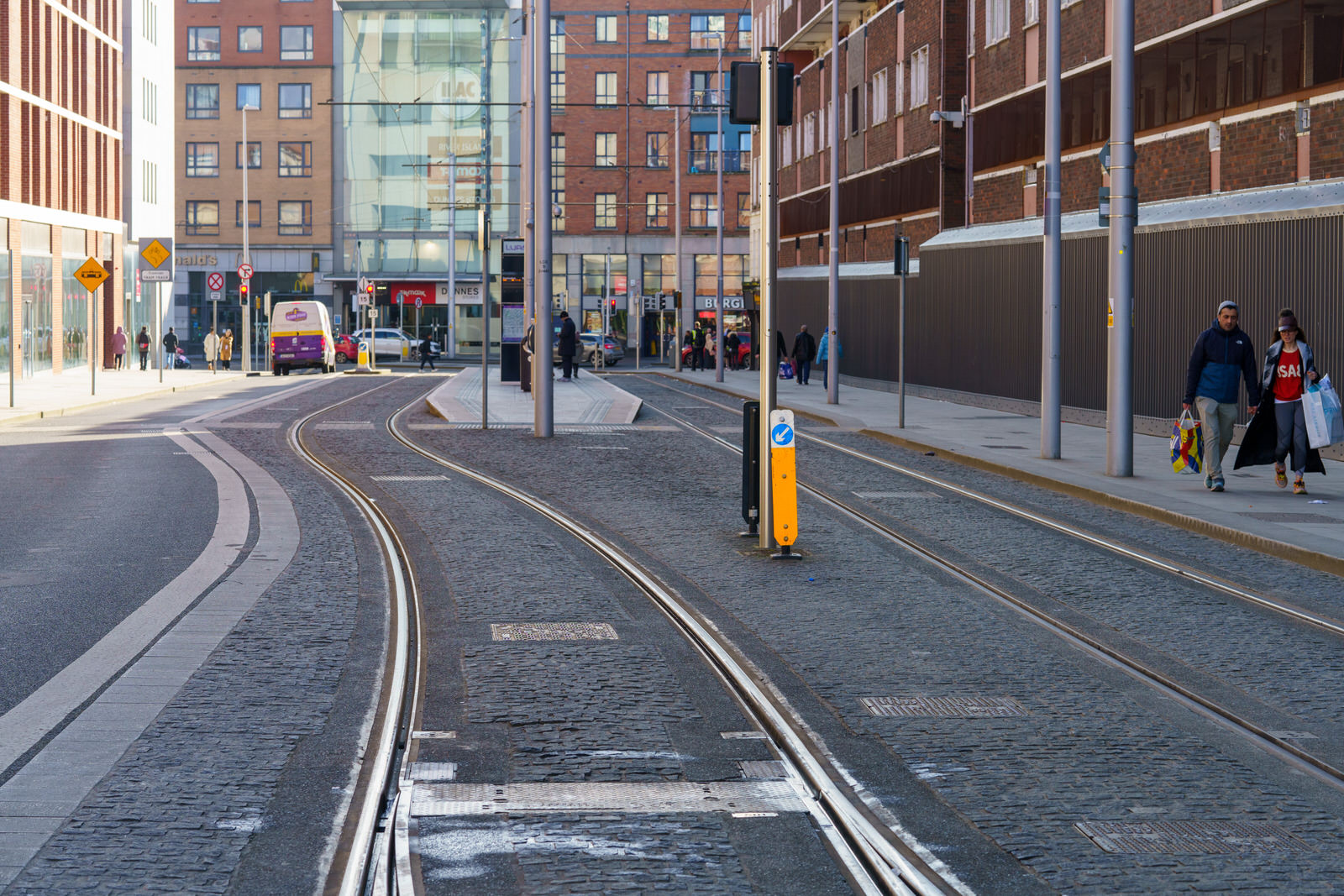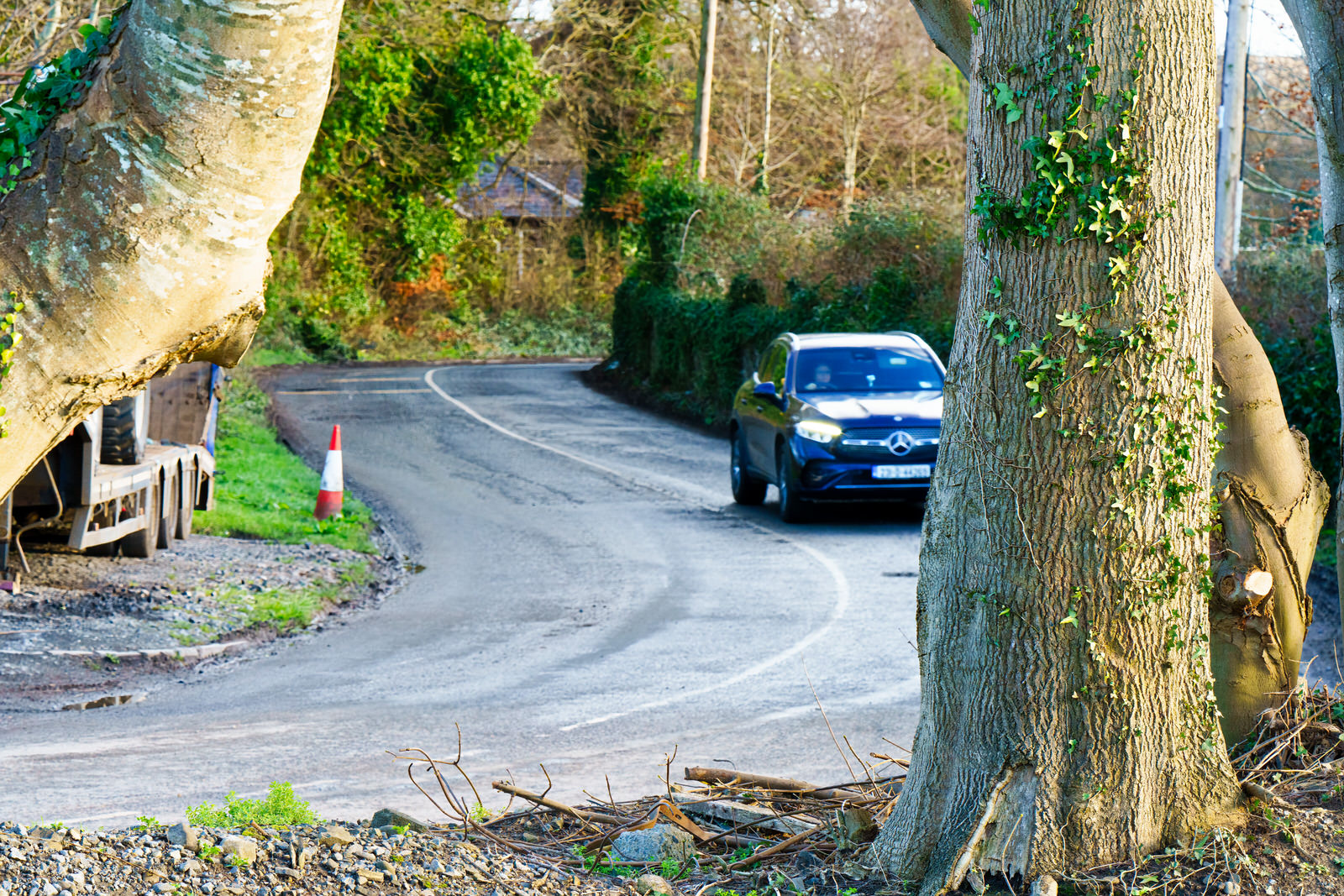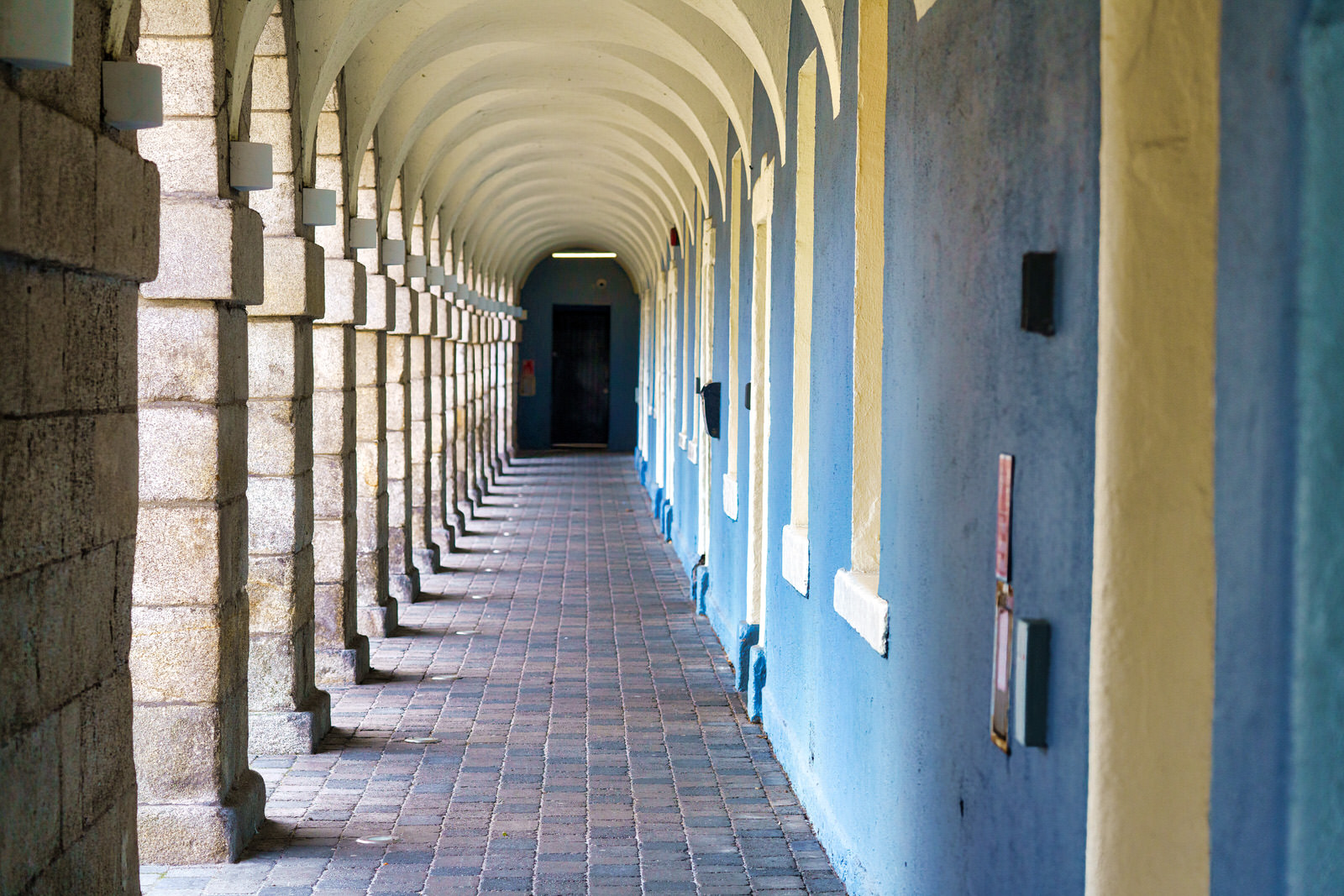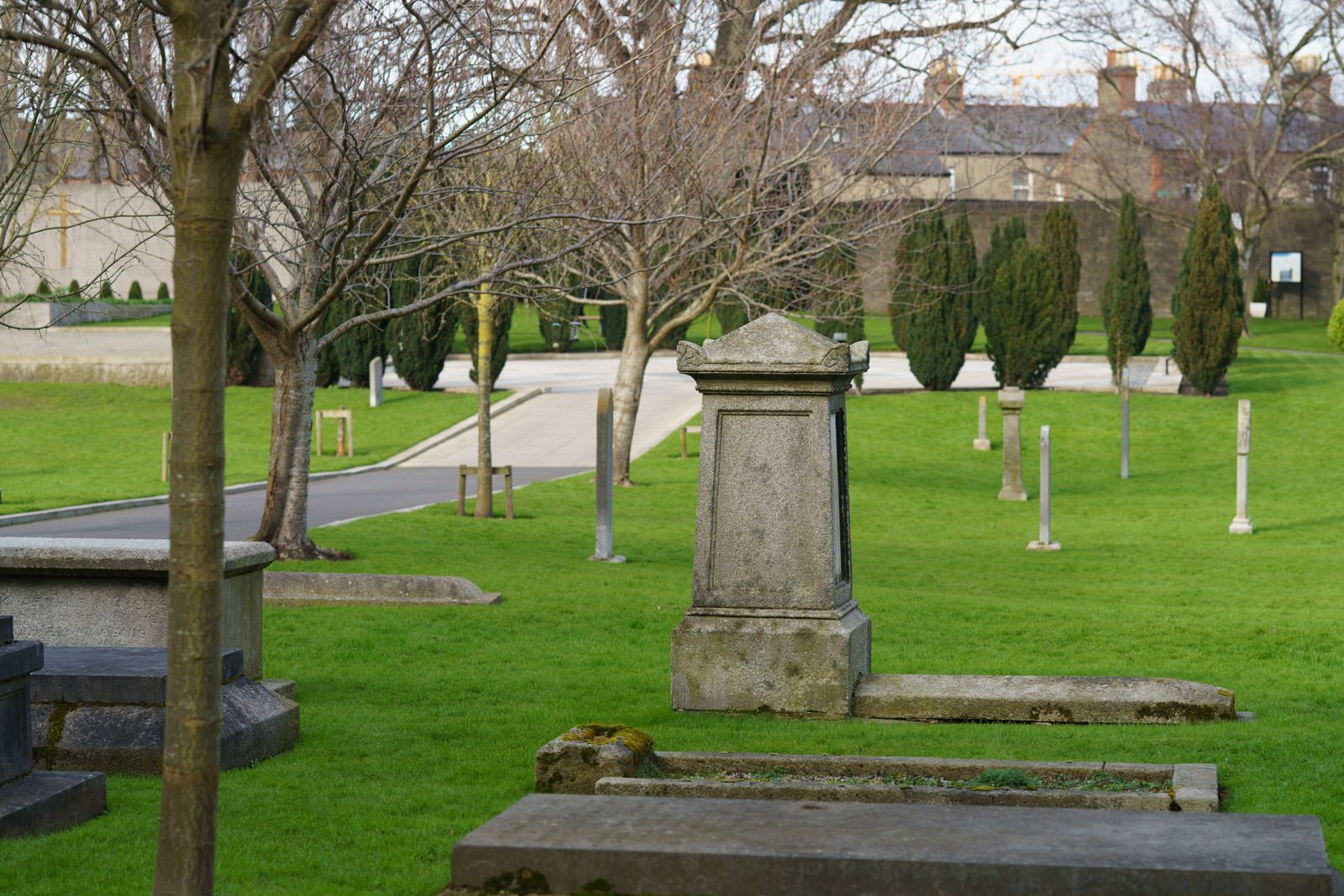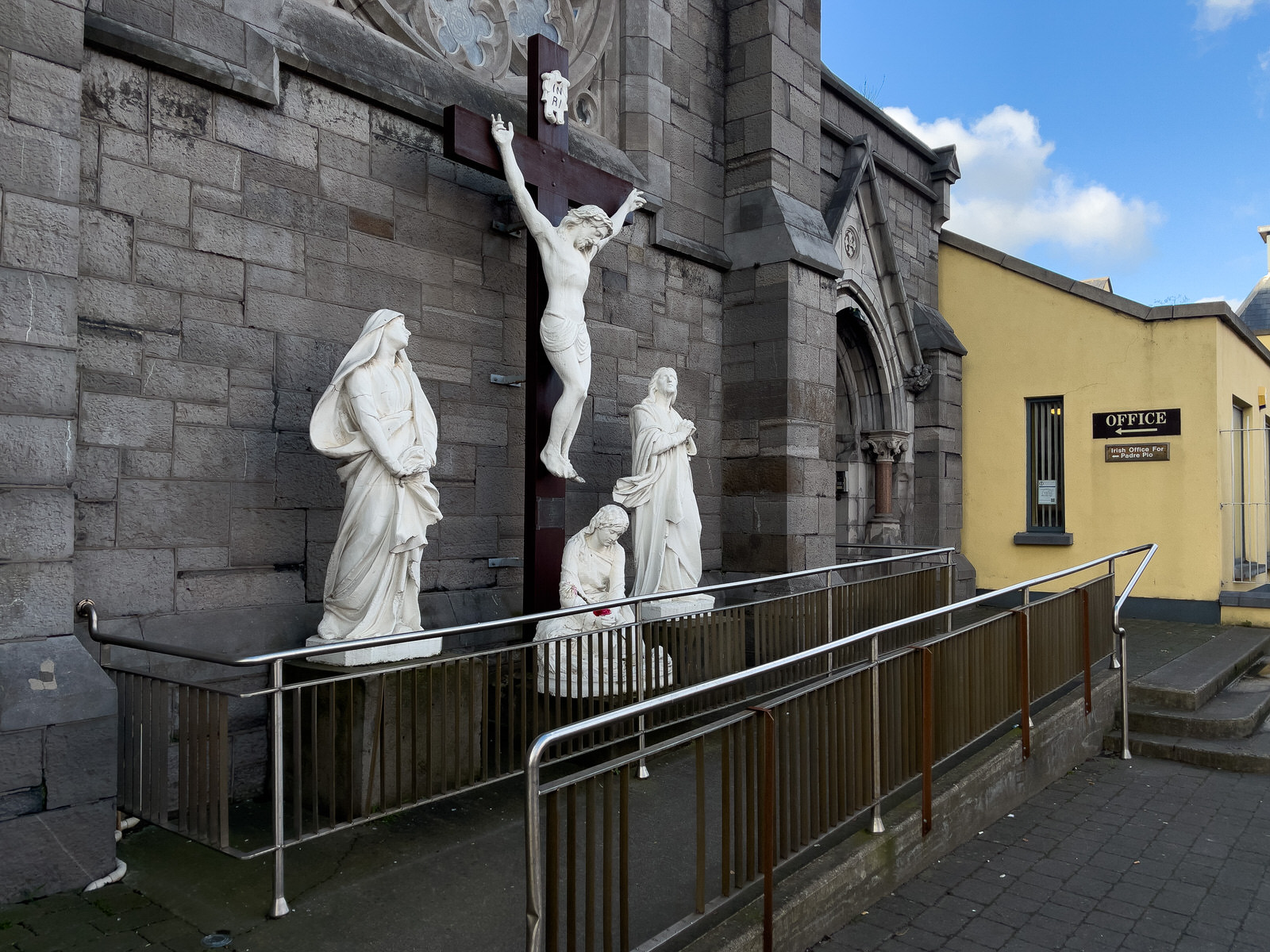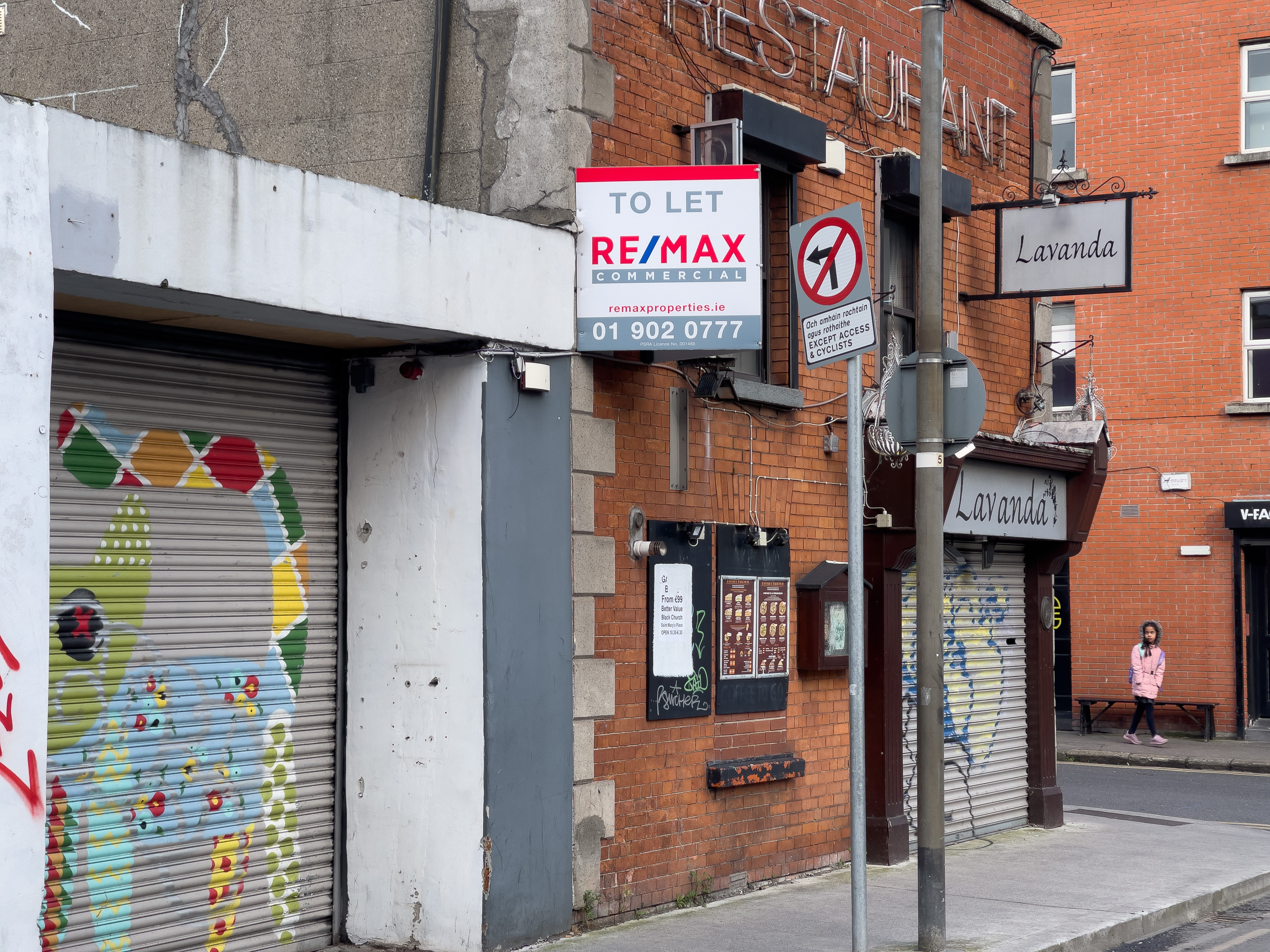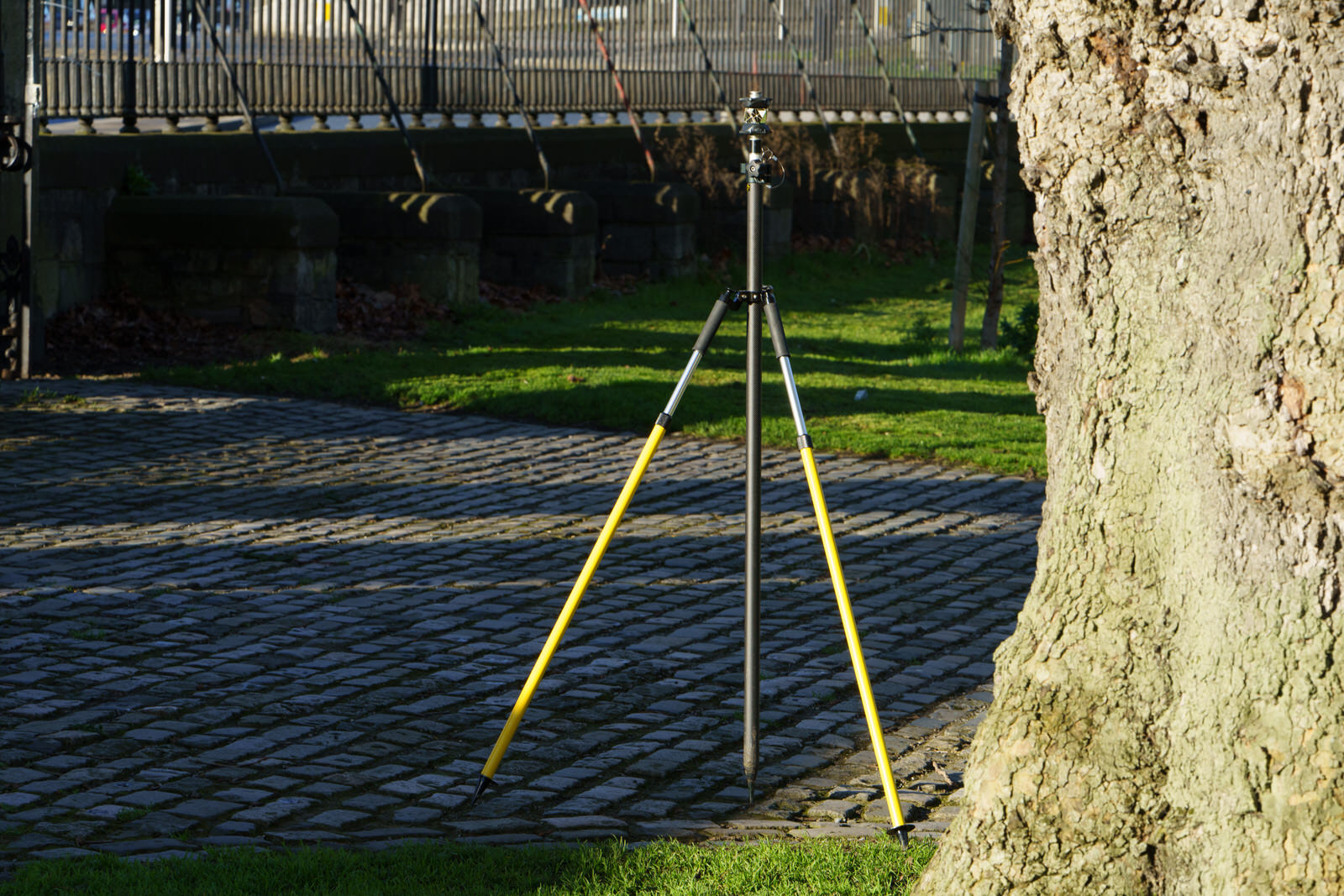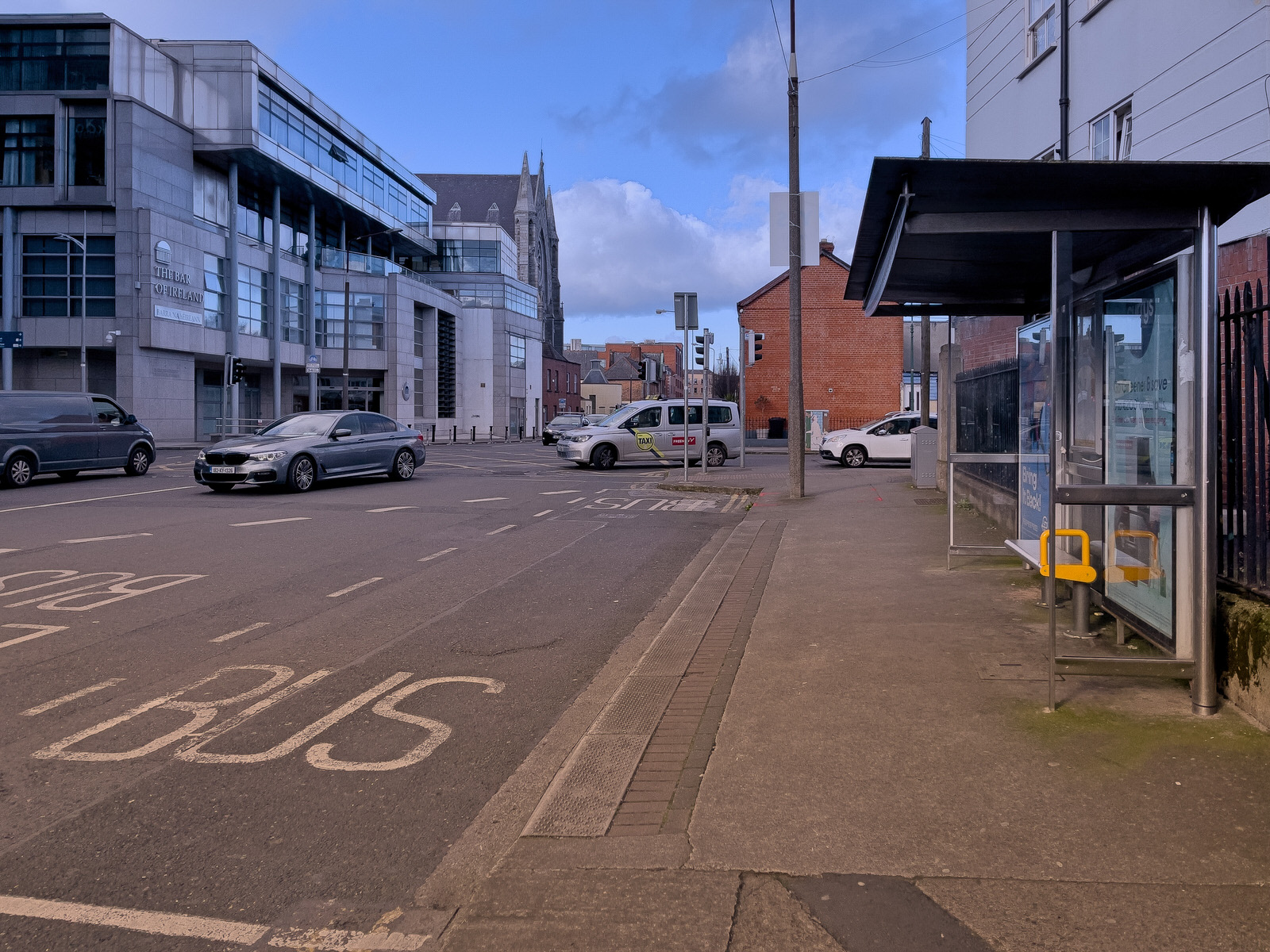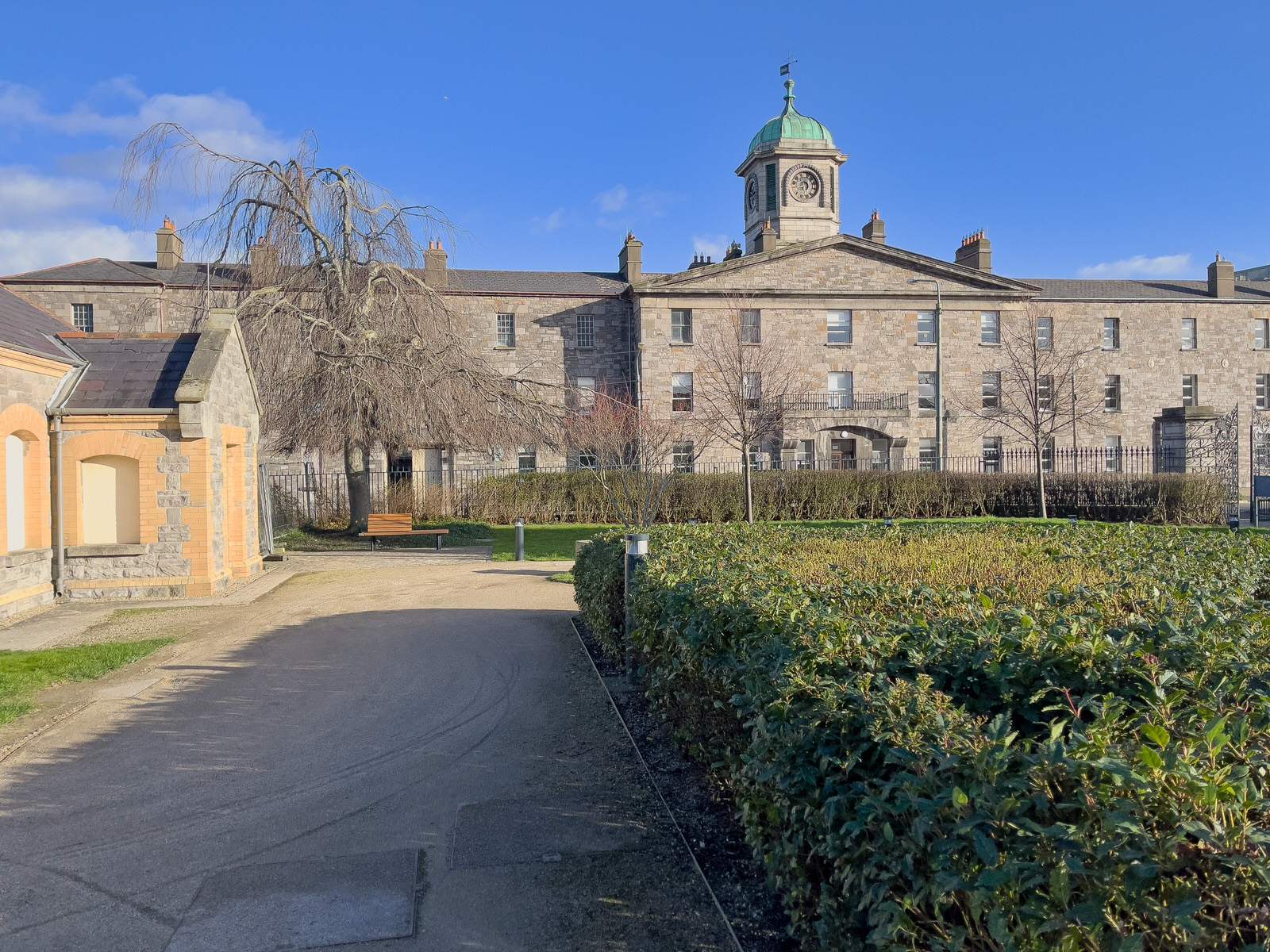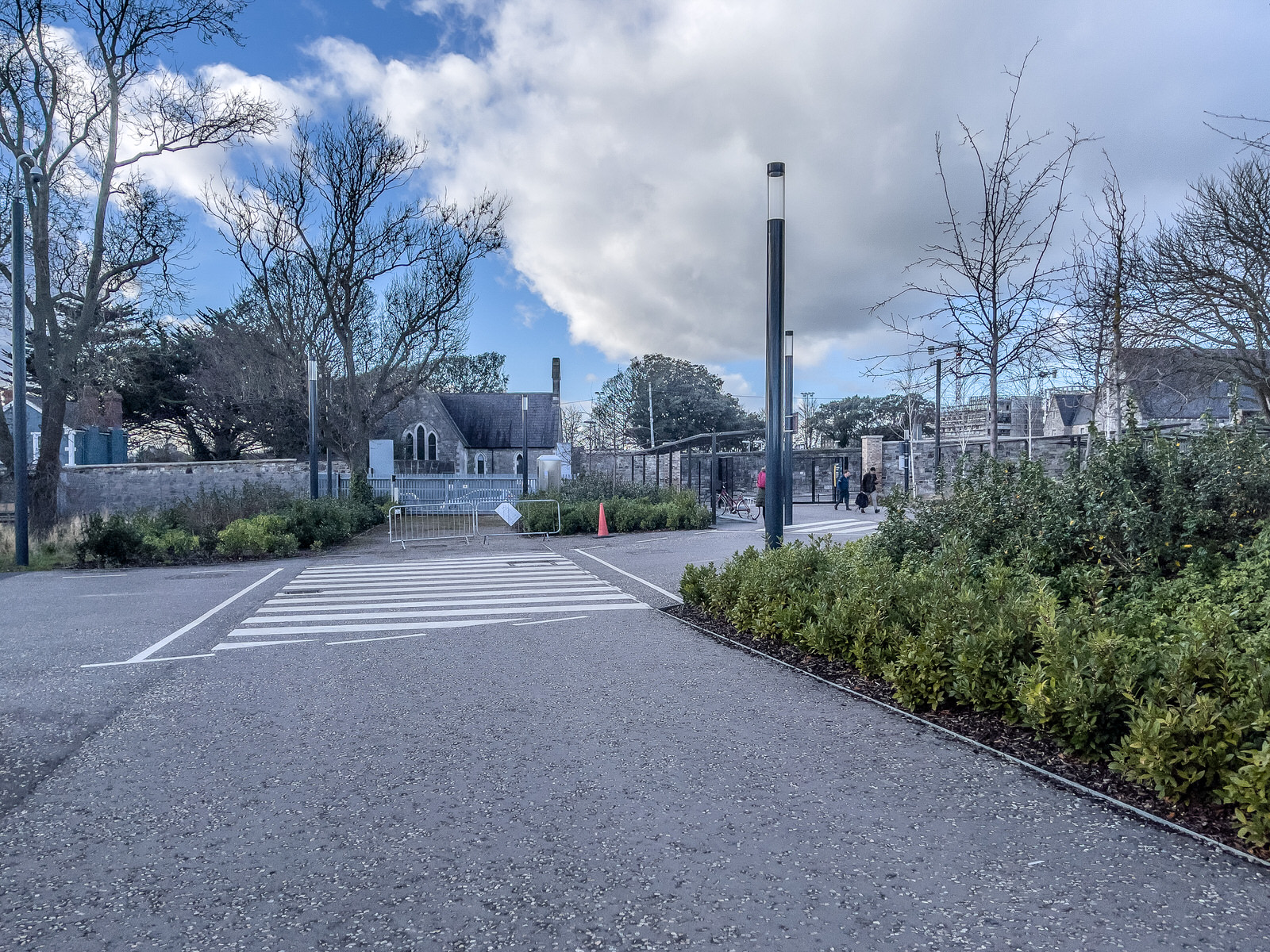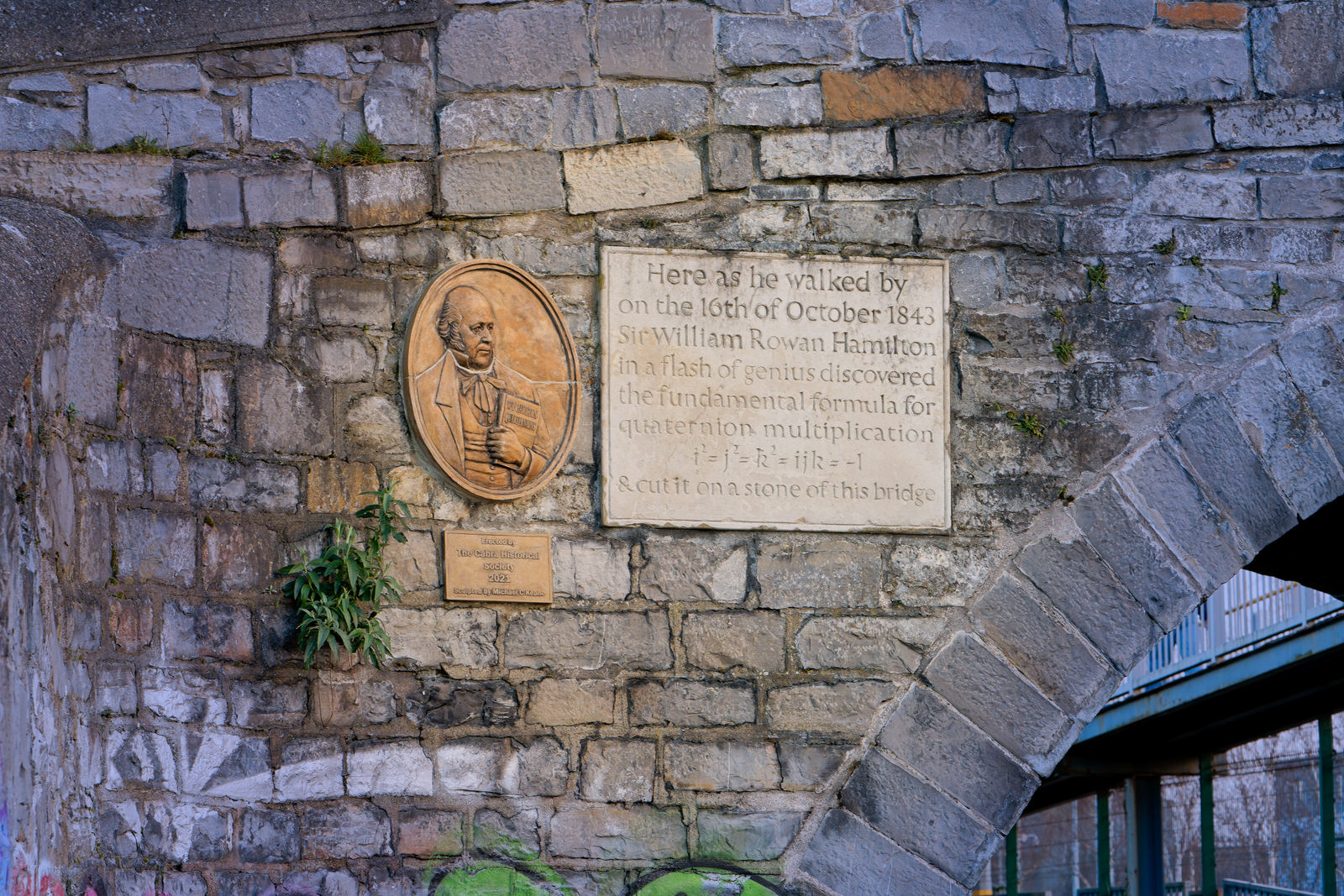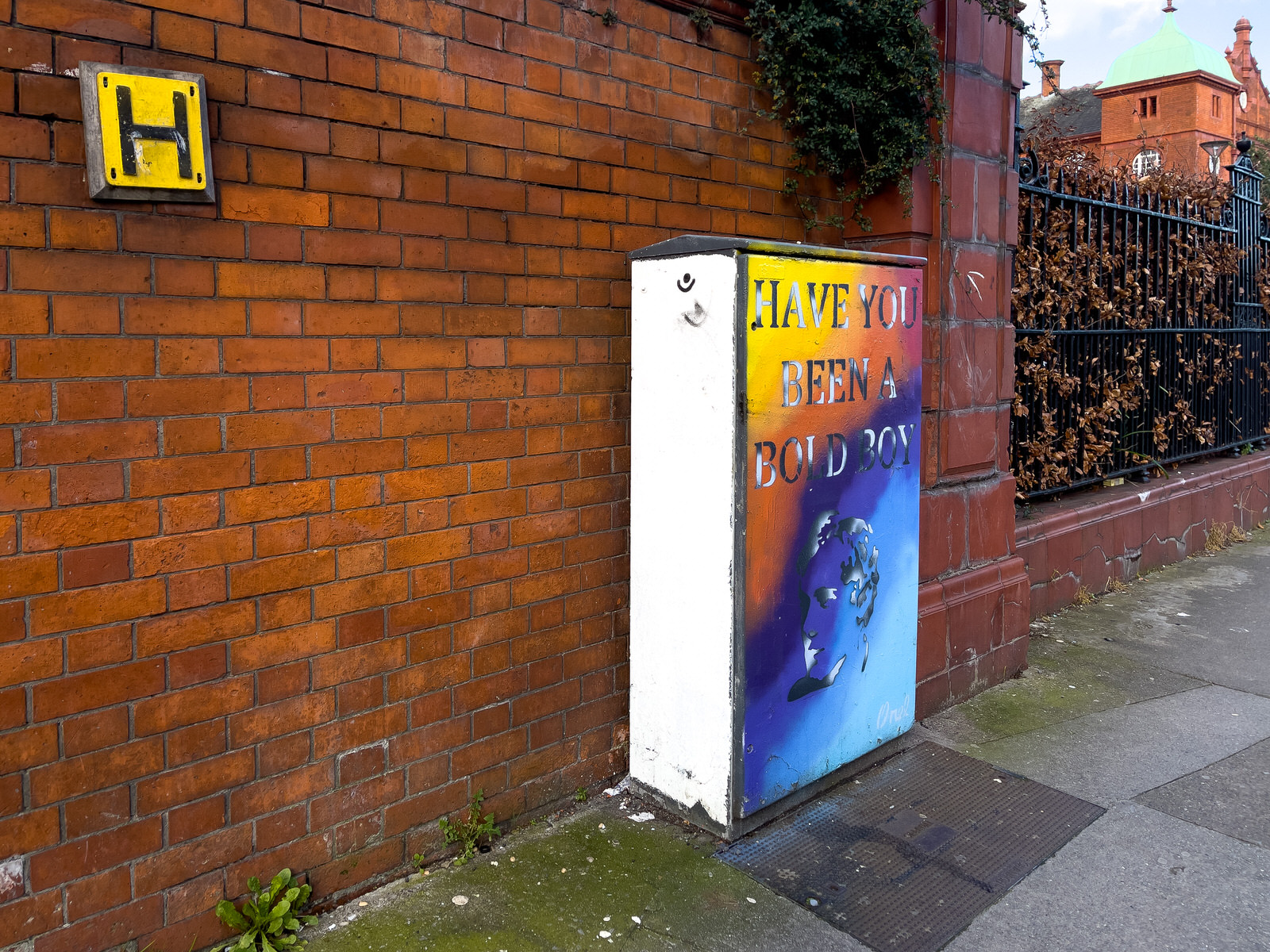TRUSTED FLAGGER STATUS
Under Article 22 of the Digital Services Act, Coimisiún na Meán may award the status of Trusted Flagger. Trusted Flaggers will work within designated areas of expertise to identify illegal content. Where a Trusted Flagger identifies illegal content, they may submit a notice to the relevant online platform. Online platforms will be legally obliged to give their notices priority, and to process and decide on these reports without undue delay.
Bodies such as non-governmental organisations, industry federations and trade associations, members of established fact-checkers networks, trade unions, non-regulatory public entities and private or semi-public bodies may become Trusted Flaggers.
To become a Trusted Flagger, an applicant body must:
have expertise and competence for the purposes of detecting, identifying and notifying illegal content;
be independent from any provider of online platforms;
carry out its activities for the purposes of submitting notices diligently, accurately and objectively.
Coimisiún na Meán can now award Trusted Flagger status to organisations which meet the above conditions and is encouraging qualified entities to consider applying. We have recently published guidance and an application form on our website and any interested organisations are encouraged to read this guidance and to contact [email protected] with any questions that they might have.
The following was produced by Google AI
Both South Dublin City and the North Side are vibrant parts of Dublin, but there are some key differences to consider:
The Southside has traditionally been associated with wealth and privilege, though this is less pronounced today. However, some of the most affluent areas in Ireland, like Malahide and Howth, lie on the Northside.
The Northside was initially home to the city's upper class, but the Southside saw more development during the industrial revolution, leading to the current perception.
Atmosphere: The Southside tends to have a more polished, refined atmosphere with upscale shopping and dining. The Northside offers a more authentic, working-class experience with hidden local gems.
Housing: The Southside generally has more Victorian-era terraced housing and leafy suburbs, while the Northside has a mix of housing types, including some large social housing estates.
Culture: Both sides boast vibrant cultural scenes, but with distinct nuances. The Southside has a focus on art galleries and museums, while the Northside is known for its traditional pubs and music scene.
Landmarks: Each side boasts iconic landmarks. The Southside has St. Stephen's Green, Trinity College, and the Guinness Storehouse. The Northside features Croke Park Stadium, Phoenix Park, and Dublin Zoo.
Important to remember:
These are generalisations, and you'll find diversity within each side.
Both areas offer unique experiences, so choosing the "better" side depends on your preferences.
Don't be afraid to explore both! Dublin's not as big as it might seem, and the River Liffey is easily crossed.
I hope this helps! Let me know if you have any other questions about specific areas or aspects of South Dublin City and the North Side.
Both South Dublin City and the North Side are vibrant parts of Dublin, but there are some key differences to consider:
The Southside has traditionally been associated with wealth and privilege, though this is less pronounced today. However, some of the most affluent areas in Ireland, like Malahide and Howth, lie on the Northside.
The Northside was initially home to the city's upper class, but the Southside saw more development during the industrial revolution, leading to the current perception.
Atmosphere: The Southside tends to have a more polished, refined atmosphere with upscale shopping and dining. The Northside offers a more authentic, working-class experience with hidden local gems.
Housing: The Southside generally has more Victorian-era terraced housing and leafy suburbs, while the Northside has a mix of housing types, including some large social housing estates.
Culture: Both sides boast vibrant cultural scenes, but with distinct nuances. The Southside has a focus on art galleries and museums, while the Northside is known for its traditional pubs and music scene.
Landmarks: Each side boasts iconic landmarks. The Southside has St. Stephen's Green, Trinity College, and the Guinness Storehouse. The Northside features Croke Park Stadium, Phoenix Park, and Dublin Zoo.
Important to remember:
These are generalisations, and you'll find diversity within each side.
Both areas offer unique experiences, so choosing the "better" side depends on your preferences.
Don't be afraid to explore both! Dublin's not as big as it might seem, and the River Liffey is easily crossed.
I hope this helps! Let me know if you have any other questions about specific areas or aspects of South Dublin City and the North Side.
A familiar building complex on Jervis Street and Abbey Street in Dublin, once home to a Ben Dunne Gym and the National Leprechaun Museum, has recently been demolished. Unbeknownst to many, the building held a piece of Dublin's history as Twilfit House. This demolition to make way for a new Premier Inn hotel highlights the ever changing landscape of Dublin.
Twilfit House History
Twilfit House, a three-story, early 20th-century building, was completed around 1930. It was named after the popular corset brand "Twilfit," manufactured by Leethems. The building served as the company's Irish headquarters, featuring spacious, well-lit factory floors. Twilfit House represented a shift in Irish industry, moving from home-based production to larger, dedicated workspaces.
Architecturally, the building showcased late Art Deco style, with geometric lines, curved accents, and large windows for ample manufacturing light. While the corset factory is long gone, the building remained until its recent demolition.
The New Development
UK-based Premier Inn developers and owners, Whitebread, purchased Twilfit House and adjacent buildings with the intent to demolish them for a new hotel development. This has sparked debate about preserving Dublin's historic buildings. Whitebread received planning permission for a 7-story, 180-bedroom hotel and intends to follow the original design by The O'Toole Partnership. While initial projections suggested a 2022 opening, it's likely the project has faced delays.
Twilfit House's prime location near O'Connell Street, Temple Bar, Trinity College, and the Jervis Street Luas stop makes it highly attractive for this development.
Contextualising the Change
The Capel Street area is experiencing a surge in hotel development due to factors like its strategic location, increased tourism, revitalization efforts, and developer interest. This rapid growth will impact the area, increasing visitor capacity, potentially boosting the economy, but also possibly altering the streetscape and raising concerns about balancing tourist needs with those of long-term residents.
The Fate of the Leprechaun Museum
Sadly, the National Leprechaun Museum, also housed in the demolished complex, permanently closed in June 2020 due to the COVID-19 pandemic's impact on tourism. While there were hopes of finding a new location, no concrete reopening plans exist at this time.
Final Thoughts
The demolition of Twilfit House marks a significant transformation for this Dublin corner. It highlights the tension between preserving history and accommodating the city's evolving needs.
Dublin, Twilfit House, history, architecture, demolition, Premier Inn, development, Wolfe Tone Square, Wolfe Tone Park, Corsets, Hotel Rooms, 24 February 2024, Sony, A7RIV, Streets Of Dublin, Luas Jervis Stop, Abbey Street, Ben Dunne, National Leprechaun Museum,
Twilfit House History
Twilfit House, a three-story, early 20th-century building, was completed around 1930. It was named after the popular corset brand "Twilfit," manufactured by Leethems. The building served as the company's Irish headquarters, featuring spacious, well-lit factory floors. Twilfit House represented a shift in Irish industry, moving from home-based production to larger, dedicated workspaces.
Architecturally, the building showcased late Art Deco style, with geometric lines, curved accents, and large windows for ample manufacturing light. While the corset factory is long gone, the building remained until its recent demolition.
The New Development
UK-based Premier Inn developers and owners, Whitebread, purchased Twilfit House and adjacent buildings with the intent to demolish them for a new hotel development. This has sparked debate about preserving Dublin's historic buildings. Whitebread received planning permission for a 7-story, 180-bedroom hotel and intends to follow the original design by The O'Toole Partnership. While initial projections suggested a 2022 opening, it's likely the project has faced delays.
Twilfit House's prime location near O'Connell Street, Temple Bar, Trinity College, and the Jervis Street Luas stop makes it highly attractive for this development.
Contextualising the Change
The Capel Street area is experiencing a surge in hotel development due to factors like its strategic location, increased tourism, revitalization efforts, and developer interest. This rapid growth will impact the area, increasing visitor capacity, potentially boosting the economy, but also possibly altering the streetscape and raising concerns about balancing tourist needs with those of long-term residents.
The Fate of the Leprechaun Museum
Sadly, the National Leprechaun Museum, also housed in the demolished complex, permanently closed in June 2020 due to the COVID-19 pandemic's impact on tourism. While there were hopes of finding a new location, no concrete reopening plans exist at this time.
Final Thoughts
The demolition of Twilfit House marks a significant transformation for this Dublin corner. It highlights the tension between preserving history and accommodating the city's evolving needs.
Dublin, Twilfit House, history, architecture, demolition, Premier Inn, development, Wolfe Tone Square, Wolfe Tone Park, Corsets, Hotel Rooms, 24 February 2024, Sony, A7RIV, Streets Of Dublin, Luas Jervis Stop, Abbey Street, Ben Dunne, National Leprechaun Museum,
Dublin's Chancery Street holds a wealth of history, from its origins as Pill Lane to its current mix of old and new. Recently, I explored this fascinating street on foot, uncovering its stories and observing some changes along the way.
Chancery Street's original name was Pill Lane, with some sources suggesting the name could relate to a waterway called "The Pill" or could be a reference to apothecaries and physicians once situated nearby. The street was renamed Chancery Street in the late 1800s, reflecting its proximity to the Court of Chancery, a significant legal institution located in the adjacent Four Courts complex.
In the 17th and 18th centuries, Chancery Street was primarily residential. You'd find homes of merchants, professionals, and some grander townhouses. During the 19th century, as Dublin faced population growth and housing shortages, many original houses on Chancery Street were subdivided into tenements. This led to overcrowded living conditions and a decline in the area's status. In the early 20th century, Dublin Corporation initiated social housing programs. This led to the demolition of some of the old tenements and the construction of new apartment blocks, like Chancery House in the 1930s.
Like many inner-city areas, Chancery Street has faced its share of challenges with urban decay and social issues. However, efforts towards heritage preservation and recent investment in the broader Smithfield area signal a potential for positive transformations in the future.
Sadly, it seems Fegan's 1924 Cafe, a unique cash-free establishment, is no longer operating. While there's no official confirmation, online listings suggest it's permanently closed. Another change is the apparent closure of the longstanding Hughes Bar. It's a recent development, with limited information available. The arrival of the Hampton by Hilton Hotel signals a shift for the area, replacing a less aesthetically pleasing building. Just across from the former Hughes Bar lies the delightful Chancery Park, a haven worth exploring in more detail (see the dedicated section below).
My walk continued along the tram tracks, bringing me to the Four Courts stop. Beyond the iconic Four Courts building, I found the Dublin District Court County Office with its rather long name, as well as the historic Bridewell Garda Station. Housed in a grand Georgian building, the Bridewell is a fascinating landmark. It opened in 1802 as a prison and carries the historically significant name "Bridewell." Its Latin inscription, "Fiat justitia ruat caelum" ("Let justice be done though the heavens fall") adds an intriguing touch.
Further along, the striking tower of St. Michan's Church caught my eye. This 11th-century church stands as a testament to the deep history embedded in Dublin's streets. As I approached Smithfield, the atmosphere shifted. The cobbled expanse of Smithfield Square, a former horse market, opened up, showcasing its rich past. The old Jameson Distillery chimney, along with modern additions like the Light House Cinema, highlight the area's blend of history and vibrancy.
Chancery Park is a relatively small, enclosed park located off of Chancery Street. It provides a welcome green space and a respite from the urban surroundings. The park was designed in the Art Deco style, popular in the 1920s and 1930s. This is evident in its geometric layout, stylised design elements, and the use of materials like brick and concrete. Notable features include a weighbridge "kiosk" building (now used as a community resource), ornamental gates, and a central grassy area with benches.
Chancery Park was built in the 1930s, along with the adjacent Chancery House apartment complex as part of a Dublin Corporation social housing initiative. The park and housing complex were designed by Herbert George Simms, a prominent architect who served as Dublin Corporation's Housing Architect (1932-1948). Both Chancery Park and Chancery House are considered notable examples of Dublin's Art Deco heritage, providing a glimpse into Dublin's social history and the architectural trends of the early 20th century.
Chancery Street's original name was Pill Lane, with some sources suggesting the name could relate to a waterway called "The Pill" or could be a reference to apothecaries and physicians once situated nearby. The street was renamed Chancery Street in the late 1800s, reflecting its proximity to the Court of Chancery, a significant legal institution located in the adjacent Four Courts complex.
In the 17th and 18th centuries, Chancery Street was primarily residential. You'd find homes of merchants, professionals, and some grander townhouses. During the 19th century, as Dublin faced population growth and housing shortages, many original houses on Chancery Street were subdivided into tenements. This led to overcrowded living conditions and a decline in the area's status. In the early 20th century, Dublin Corporation initiated social housing programs. This led to the demolition of some of the old tenements and the construction of new apartment blocks, like Chancery House in the 1930s.
Like many inner-city areas, Chancery Street has faced its share of challenges with urban decay and social issues. However, efforts towards heritage preservation and recent investment in the broader Smithfield area signal a potential for positive transformations in the future.
Sadly, it seems Fegan's 1924 Cafe, a unique cash-free establishment, is no longer operating. While there's no official confirmation, online listings suggest it's permanently closed. Another change is the apparent closure of the longstanding Hughes Bar. It's a recent development, with limited information available. The arrival of the Hampton by Hilton Hotel signals a shift for the area, replacing a less aesthetically pleasing building. Just across from the former Hughes Bar lies the delightful Chancery Park, a haven worth exploring in more detail (see the dedicated section below).
My walk continued along the tram tracks, bringing me to the Four Courts stop. Beyond the iconic Four Courts building, I found the Dublin District Court County Office with its rather long name, as well as the historic Bridewell Garda Station. Housed in a grand Georgian building, the Bridewell is a fascinating landmark. It opened in 1802 as a prison and carries the historically significant name "Bridewell." Its Latin inscription, "Fiat justitia ruat caelum" ("Let justice be done though the heavens fall") adds an intriguing touch.
Further along, the striking tower of St. Michan's Church caught my eye. This 11th-century church stands as a testament to the deep history embedded in Dublin's streets. As I approached Smithfield, the atmosphere shifted. The cobbled expanse of Smithfield Square, a former horse market, opened up, showcasing its rich past. The old Jameson Distillery chimney, along with modern additions like the Light House Cinema, highlight the area's blend of history and vibrancy.
Chancery Park is a relatively small, enclosed park located off of Chancery Street. It provides a welcome green space and a respite from the urban surroundings. The park was designed in the Art Deco style, popular in the 1920s and 1930s. This is evident in its geometric layout, stylised design elements, and the use of materials like brick and concrete. Notable features include a weighbridge "kiosk" building (now used as a community resource), ornamental gates, and a central grassy area with benches.
Chancery Park was built in the 1930s, along with the adjacent Chancery House apartment complex as part of a Dublin Corporation social housing initiative. The park and housing complex were designed by Herbert George Simms, a prominent architect who served as Dublin Corporation's Housing Architect (1932-1948). Both Chancery Park and Chancery House are considered notable examples of Dublin's Art Deco heritage, providing a glimpse into Dublin's social history and the architectural trends of the early 20th century.
This was my first time visiting Dunsinea Lane, of which I was unaware until recently. I also didn't realise it offered a route to Dunsink Observatory, another place I've never visited. Being nervous about walking along country lanes without pavements, I only explored a short section.
Getting to Dunsink Observatory and Experiencing the Hamilton Walk
Dunsinea Lane provides a practical and scenic route for those wishing to explore the historic grounds of Dunsink Observatory. This convenient lane offers safe passage for pedestrians, wheelchair users, and cyclists, connecting Ashtown Train Station to the grounds of Priorstown House. The Observatory is a short 450-metre walk from there.
The Observatory: Dunsink Observatory, steeped in astronomical history, is a significant landmark along Dunsinea Lane. Established in 1785, it played a pivotal role in scientific research and remains a fascinating destination for those interested in exploring the cosmos.
The Hamilton Walk: Dunsinea Lane holds special significance as the starting point for the annual Hamilton Walk. This 30-year tradition commemorates the groundbreaking mathematical discoveries of Sir William Rowan Hamilton. Participants follow the same route Hamilton took, journeying from Dunsink to Broome Bridge on the Royal Canal.
Overall: Dunsinea Lane is more than just a thoroughfare; it's a pathway to history, science, and a cherished community tradition. Whether you're visiting the Observatory, participating in the Walk, or simply seeking a scenic route, Dunsinea Lane is a worthwhile destination.
Sir William Rowan Hamilton
Sir William Rowan Hamilton was a brilliant Irish mathematician, physicist, and astronomer who made groundbreaking contributions to several fields. Here's a deeper look at some of his most notable mathematical discoveries:
Quaternions: Hamilton's most famous discovery was quaternions, a revolutionary extension of complex numbers into four dimensions. While pondering how to represent rotations in three-dimensional space using complex numbers, Hamilton had a flash of insight while walking along the Royal Canal. He carved the fundamental formula for quaternion multiplication (i^2 = j^2 = k^2 = ijk = -1) into the stone of Brougham Bridge. Quaternions proved instrumental in fields like computer graphics, navigation, and even the modern understanding of quantum mechanics.
Hamiltonian Mechanics: Hamilton revolutionised the field of classical mechanics. He reformulated Newtonian mechanics into a powerful framework now known as Hamiltonian Mechanics. His approach introduced concepts like the Hamiltonian function, which describes a system's total energy, and Hamilton's equations, which elegantly govern the evolution of the system over time. Hamiltonian Mechanics has profound implications in physics, from planetary motion to the behaviour of subatomic particles.
Conical Refraction: Hamilton applied his expertise in optics to theoretically predict a phenomenon known as conical refraction. He deduced that, under specific conditions, a ray of light entering a biaxial crystal would emerge as a hollow cone of light. This prediction was later experimentally verified, solidifying Hamilton's profound grasp of wave optics.
Calculus of Variations: Hamilton made significant contributions to the calculus of variations, which deals with finding the optimal path or function that minimises or maximises a given quantity. His insights had implications in diverse fields, from engineering to economics.
Sir William Rowan Hamilton's mathematical legacy continues to inspire and shape areas of physics, mathematics, and engineering even today.
Getting to Dunsink Observatory and Experiencing the Hamilton Walk
Dunsinea Lane provides a practical and scenic route for those wishing to explore the historic grounds of Dunsink Observatory. This convenient lane offers safe passage for pedestrians, wheelchair users, and cyclists, connecting Ashtown Train Station to the grounds of Priorstown House. The Observatory is a short 450-metre walk from there.
The Observatory: Dunsink Observatory, steeped in astronomical history, is a significant landmark along Dunsinea Lane. Established in 1785, it played a pivotal role in scientific research and remains a fascinating destination for those interested in exploring the cosmos.
The Hamilton Walk: Dunsinea Lane holds special significance as the starting point for the annual Hamilton Walk. This 30-year tradition commemorates the groundbreaking mathematical discoveries of Sir William Rowan Hamilton. Participants follow the same route Hamilton took, journeying from Dunsink to Broome Bridge on the Royal Canal.
Overall: Dunsinea Lane is more than just a thoroughfare; it's a pathway to history, science, and a cherished community tradition. Whether you're visiting the Observatory, participating in the Walk, or simply seeking a scenic route, Dunsinea Lane is a worthwhile destination.
Sir William Rowan Hamilton
Sir William Rowan Hamilton was a brilliant Irish mathematician, physicist, and astronomer who made groundbreaking contributions to several fields. Here's a deeper look at some of his most notable mathematical discoveries:
Quaternions: Hamilton's most famous discovery was quaternions, a revolutionary extension of complex numbers into four dimensions. While pondering how to represent rotations in three-dimensional space using complex numbers, Hamilton had a flash of insight while walking along the Royal Canal. He carved the fundamental formula for quaternion multiplication (i^2 = j^2 = k^2 = ijk = -1) into the stone of Brougham Bridge. Quaternions proved instrumental in fields like computer graphics, navigation, and even the modern understanding of quantum mechanics.
Hamiltonian Mechanics: Hamilton revolutionised the field of classical mechanics. He reformulated Newtonian mechanics into a powerful framework now known as Hamiltonian Mechanics. His approach introduced concepts like the Hamiltonian function, which describes a system's total energy, and Hamilton's equations, which elegantly govern the evolution of the system over time. Hamiltonian Mechanics has profound implications in physics, from planetary motion to the behaviour of subatomic particles.
Conical Refraction: Hamilton applied his expertise in optics to theoretically predict a phenomenon known as conical refraction. He deduced that, under specific conditions, a ray of light entering a biaxial crystal would emerge as a hollow cone of light. This prediction was later experimentally verified, solidifying Hamilton's profound grasp of wave optics.
Calculus of Variations: Hamilton made significant contributions to the calculus of variations, which deals with finding the optimal path or function that minimises or maximises a given quantity. His insights had implications in diverse fields, from engineering to economics.
Sir William Rowan Hamilton's mathematical legacy continues to inspire and shape areas of physics, mathematics, and engineering even today.
I'm fortunate to have a view of the majestic King's Inns from my bedroom and a delightful park at my doorstep. It's a lovely way to start the day.
Today, I'm using a Zeiss Batis 135mm lens for photography. While somewhat limiting, a 135mm lens boasts surprising versatility. The telephoto range and often wide aperture make it superb for portraiture (both people and pets), landscapes, street photography, and even product shots. Specialised 135mm macro and tilt-shift options further expand the possibilities.
Speaking of impressive sights, King's Inns stands as a testament to Ireland's rich Georgian architectural heritage. Renowned architect James Gandon, whose portfolio also includes Dublin's Custom House and Four Courts, received a commission from the benchers in 1800 to design a new building for the Society on Henrietta Street. This arose from the decline of their original premises on the current Four Courts site.
The hall and library's foundation stone was laid by the Earl of Clare, then Lord Chancellor, on 1 August 1800. The hall's structure neared completion by 1804.
In 1813, the unfinished library wing was sold to the Office of Public Works to serve as a record office. Architect Francis Johnston oversaw this transition and finished the cupola as per Gandon's design. Johnston is also responsible for the Henrietta Street entrance archway.
The Library Building, likewise on Henrietta Street, was constructed between 1826 and 1832 under Frederick Darley's design. This structure exemplifies Greek revival architecture, boasting a magnificent reading room with a beautiful balcony.
The Society's holdings also include a fine Georgian house on Henrietta Street and seven parkland cottages, of which six have been beautifully refurbished for rental purposes.
King's Inns properties are listed buildings and registered with the Charities Regulator of Ireland. The utmost care is taken to ensure their conservation aligns with the highest standards set by architectural historians, preservationists, and other experts.
Today, I'm using a Zeiss Batis 135mm lens for photography. While somewhat limiting, a 135mm lens boasts surprising versatility. The telephoto range and often wide aperture make it superb for portraiture (both people and pets), landscapes, street photography, and even product shots. Specialised 135mm macro and tilt-shift options further expand the possibilities.
Speaking of impressive sights, King's Inns stands as a testament to Ireland's rich Georgian architectural heritage. Renowned architect James Gandon, whose portfolio also includes Dublin's Custom House and Four Courts, received a commission from the benchers in 1800 to design a new building for the Society on Henrietta Street. This arose from the decline of their original premises on the current Four Courts site.
The hall and library's foundation stone was laid by the Earl of Clare, then Lord Chancellor, on 1 August 1800. The hall's structure neared completion by 1804.
In 1813, the unfinished library wing was sold to the Office of Public Works to serve as a record office. Architect Francis Johnston oversaw this transition and finished the cupola as per Gandon's design. Johnston is also responsible for the Henrietta Street entrance archway.
The Library Building, likewise on Henrietta Street, was constructed between 1826 and 1832 under Frederick Darley's design. This structure exemplifies Greek revival architecture, boasting a magnificent reading room with a beautiful balcony.
The Society's holdings also include a fine Georgian house on Henrietta Street and seven parkland cottages, of which six have been beautifully refurbished for rental purposes.
King's Inns properties are listed buildings and registered with the Charities Regulator of Ireland. The utmost care is taken to ensure their conservation aligns with the highest standards set by architectural historians, preservationists, and other experts.
Commercial Disclosure
You will find links to buy products from Amazon, Google and other partners. If you click on these links, you’ll find that the URL includes a small extra piece of text which identifies that the click came from my websites. This text is an affiliate code, and it means that I get a small percentage of the money you spend if you choose to buy that product, or, in some cases, other products from the site soon after. These affiliate links help pay the costs of producing my websites and ensure that the content is free to you.


